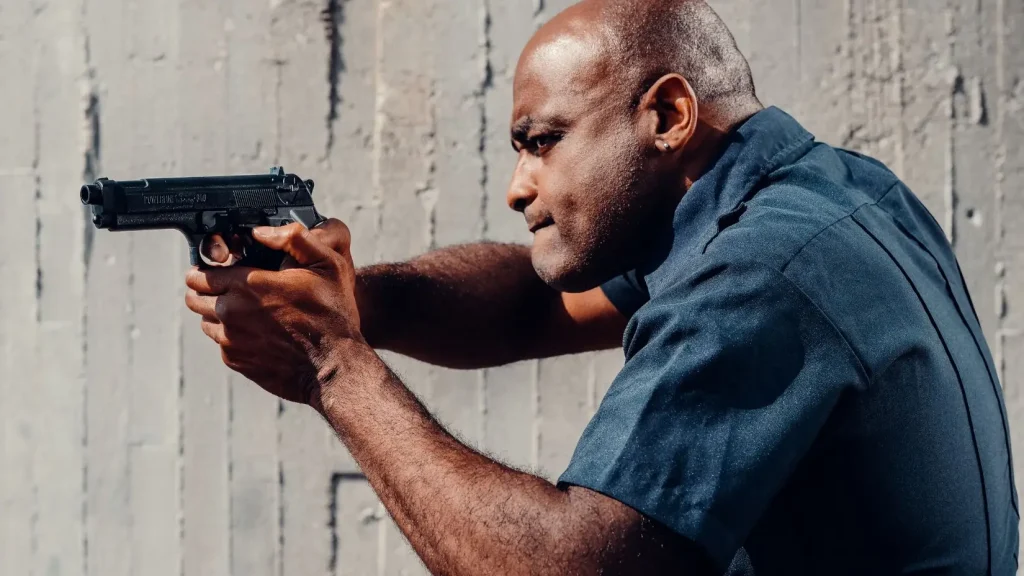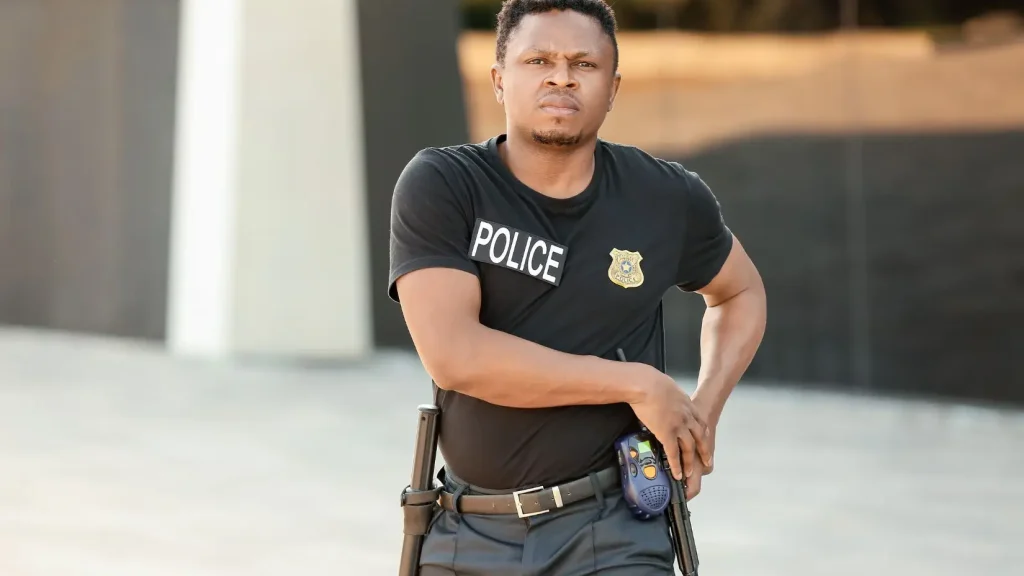Antioch Police Fatally Shoot Man Who Threatened to Kill Everyone in Home During Domestic Incident
I woke up to the kind of headline that makes your stomach drop. A 26-year-old man was shot and killed by Antioch police after allegedly threatening to kill everyone inside his home. This happened on Osprey Drive, early Monday morning around 7:15 am , in a quiet residential neighborhood where families were just starting their day.
Police say the man had a knife and rushed at officers. He didn’t survive.
The headlines are everywhere, but most are just repeating the same three facts. No one’s explaining what led up to it, how the response unfolded, or what this really means for the community—and for families facing similar crises.
This piece is not about taking sides. It’s about slowing down, digging into what happened, and understanding it from all angles: the fear inside that home, the decisions made in seconds, and the bigger questions we need to ask about mental health, police force, and what happens after the news cameras leave.
Let’s unpack this, honestly.
What Really Happened That Morning on Osprey Drive?
Let’s start with the facts. On Monday morning, around 7:15 AM, Antioch police responded to a call from 3800 block of Osprey Drive. Someone inside said a man was threatening to kill everyone in the house.
By the time officers arrived, the situation had already reached a boiling point. According to a report from CBS News Bay Area, police confronted the man inside the home. He allegedly had a knife and ignored commands to drop it. Moments later, officers say he “charged at them,” and that’s when they opened fire.
He was pronounced dead on the scene.
No officers were injured, but that doesn’t mean there weren’t victims in that house. Everyone inside, including family members, likely saw things that will stay with them forever.
You can imagine how fast it all unfolded—ten seconds that changed everything. But what happened before those ten seconds matters just as much.
Evidence & Official Statements
Whenever something like this happens, I look to the official sources first. Not because they always get it right, but because it’s important to understand what the police are choosing to say—and what they’re leaving out.
In this case, the Antioch Police Department posted an official update on Facebook, confirming the fatal shooting. They said the man “advanced on officers with a knife,” and that’s when they used deadly force. The post is short, and you can read it here.
But what struck me wasn’t just what they said—it was the tone. It felt procedural. Clinical. Like it was written to check boxes.
There’s no acknowledgment of the trauma that happened inside that home. No mention of whether officers had crisis training. No clarity on whether body cameras captured the moment. Just the basic facts. And maybe that’s what makes it feel incomplete.
If you’re like me, you’re probably wondering: Was this the only way it could have ended?
Who Was the 26-Year-Old Man?
So far, the man’s name hasn’t been released by the police. And that leaves a huge part of this story in the dark.
We don’t know if he had a history of mental illness. We don’t know if this was a one-time explosion or something that had been building for years. What we do know, based on what neighbors have said in media interviews, is that the house had been visited by police before. That suggests this wasn’t a quiet, stable household.
And that matters.
Because behind every police shooting, there’s a life—often a complex one. And if we ignore that complexity, we’re not telling the full story.
Maybe you’ve had someone in your life spiral out of control. Maybe you’ve made a desperate call for help, not knowing how things would end. That’s what makes this so hard. This wasn’t just about one man with a knife. It was about a crisis nobody knew how to stop.
I often come across community-focused cases like this that don’t get national coverage—but they matter deeply. If you want more real-time updates on local incidents that impact real families, I share them regularly here on WhatsApp where I track and post regional alerts.
What Happens After the Gunfire?

As with all fatal police shootings in Contra Costa County, this one will now be investigated by the District Attorney’s Office.
That’s standard procedure. But what isn’t standard is how much information gets shared publicly—and when.
At this point, police haven’t released body camera footage. There’s no timeline for when it might come out. And without video, you and I are left piecing this together from statements and news reports. That’s not good enough.
If we want accountability—not just for this case, but for every high-stakes police encounter—we need transparency. We need to see what happened, not just hear a summary in a press release.
And if the officers did everything by the book? Then showing the footage is the best way to build trust. Either way, we deserve the truth.
Sadly, this isn’t the first time a tense domestic situation spiraled into violence before help could arrive. A recent violent home invasion in Towson left a 19-year-old dead—highlighting how quickly these moments turn fatal.
The Bigger Problem No One’s Talking About: Mental Health
Here’s the part that gets to me the most—and it’s the part missing from almost every headline.
What if this was a mental health emergency that turned fatal because there weren’t the right tools to handle it?
We’ve seen it before. Someone spirals. The family calls 911, hoping for help. But instead of a mental health team, armed officers arrive. And in a matter of seconds, a person in crisis ends up dead.
Neighbors told reporters they weren’t surprised to see police at that house again. One woman said, “It’s all about mental health. This stuff builds up.”
And she’s right. But we keep pretending it’s a side issue.
You and I both know that mental health isn’t just a buzzword—it’s real, it’s raw, and it’s personal. If this man had access to better support—if the family had options other than dialing 911—maybe this wouldn’t have ended in tragedy.
So while we analyze what the police did, we also need to look deeper. How many more families are going to call for help and end up planning funerals?
Similar legal gray zones come up often—like in a Florence armed robbery case where police intervention led to arrests but also sparked debate about appropriate force.
Can Deadly Force Be Justified in a Knife Attack?

This is where things get messy—legally and morally.
Under California law, police can use deadly force if they believe there’s an immediate threat to life. And yes, charging at someone with a knife can qualify. But if you’re wondering whether this shooting was justified, you’re not alone.
I’ve spent time reading about similar cases—where officers claimed “knife threat” and it later turned out the suspect never got close, or was mentally unstable and panicking. Some cases led to lawsuits. Others didn’t. The difference often came down to: what the footage showed and how much pressure the public applied.
We don’t have that footage yet. So, what do you believe happened? That’s where the law leaves a lot of gray.
And while the courts may give police the benefit of the doubt, it doesn’t mean we have to stop asking hard questions—like whether anything else could’ve been done before that final moment.
In another case, police in Michigan responded to a domestic break-in where the suspect was later arrested and charged in Missaukee County. The difference? No one died—but the aftermath still raised hard questions.
The People Left Behind: Neighbors, Family, and a Community Shaken
I can’t stop thinking about the family who lived through this.
Imagine being in that house. Hearing your son, brother, or cousin shouting. Feeling the tension. Calling for help. Then watching him die right in front of you.
The police say they saved lives. But for the people inside, that moment will live on as trauma.
Outside, neighbors watched from behind windows and fences. Some gave interviews. Others just stood in silence. One woman on the street said, “This kind of thing doesn’t just go away.”
And it doesn’t. Not for the kids who may have heard the shots. Not for the first responders who had to clean up the scene. And not for the city that now has to figure out what this means for how it handles future emergencies.
You can feel the weight in Antioch. It’s not just about this man. It’s about the fear that this could happen again.
What’s your take on how this was handled? Do you believe deadly force was the only option here? I’d really like to hear your thoughts in the comments.
Final Thoughts
I wish I could tell you there’s a neat, clean way to make sense of all this.
But there isn’t.
A young man is dead. A family is broken. Police say they were doing their job. Critics say something went terribly wrong. And somewhere in the middle is the truth that most of us will never fully know.
What I do know is this: real change doesn’t come from headlines. It comes when you and I stop scrolling and start asking tougher questions—about how we treat mental health, how we train our officers, and how we define safety in our communities.
If you follow cases like this, you might also want to explore how other communities have dealt with similar home-invasion or use-of-force incidents on our website Build Like New.
Disclaimer: This article is based on publicly available reports and official statements as of the date of publication. Details may evolve as investigations continue. The intention is to inform, not speculate or assign guilt.


